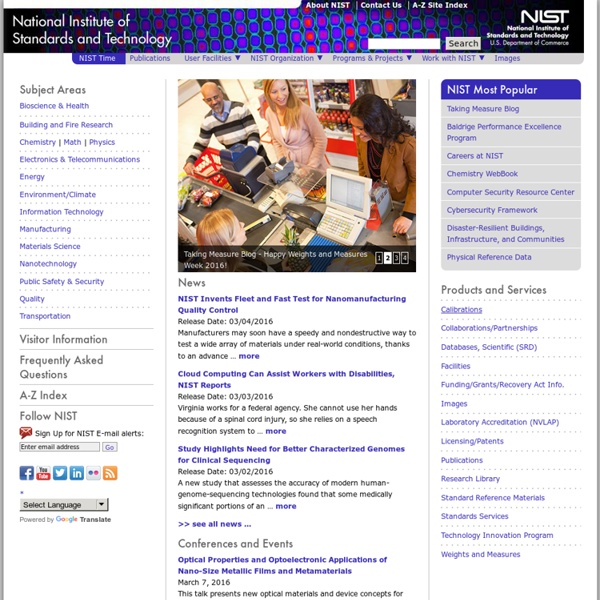



Data.gov Home View in Web Browser /_layouts/VisioWebAccess/VisioWebAccess.aspx?listguid={ListId}&itemid={ItemId}&DefaultItemOpen=1 0x0 0x1 FileType vdw Manage Subscriptions /_layouts/images/ReportServer/Manage_Subscription.gif /_layouts/ReportServer/ManageSubscriptions.aspx? 0x80 rdl Manage Data Sources /_layouts/ReportServer/DataSourceList.aspx? 0x20 Manage Shared Datasets /_layouts/ReportServer/DatasetList.aspx? Manage Parameters /_layouts/ReportServer/ParameterList.aspx? 0x4 Manage Processing Options /_layouts/ReportServer/ReportExecution.aspx? Manage Cache Refresh Plans /_layouts/ReportServer/CacheRefreshPlanList.aspx? View Report History /_layouts/ReportServer/ReportHistory.aspx? 0x40 View Dependent Items /_layouts/ReportServer/DependentItems.aspx? rsds Edit Data Source Definition /_layouts/ReportServer/SharedDataSource.aspx? smdl Manage Clickthrough Reports /_layouts/ReportServer/ModelClickThrough.aspx? Manage Model Item Security /_layouts/ReportServer/ModelItemSecurity.aspx? 0x2000000 Regenerate Model Load in Report Builder 0x2 rsd
Food Safety and Inspection Service Food products that are under the jurisdiction of the FSIS, and thus subject to inspection, are those that contain more than 3% meat or 2% poultry products, with several exceptions,[1] and egg products (liquid, frozen or dried). Shell eggs, meat and poultry products that are not under the jurisdiction of the FSIS are under the jurisdiction of the United States Food and Drug Administration (FDA). Food-related establishments or public restaurants are also under the jurisdiction of the FSIS, to ensure that the said businesses follow USDA regulations. Overview[edit] More than 7,800 FSIS inspection program personnel are assigned to about 6,200 Federal slaughter, food processing, and import establishments in the United States. Everyone in the food chain, from farmer through consumer, has a responsibility in keeping the food supply safe. FSIS is a separate and distinct agency independent from the FDA. Recalls[edit] See also[edit] References[edit] External links[edit]
Navigant Research Food and Drug Administration The Food and Drug Administration (FDA or USFDA) is a federal agency of the United States Department of Health and Human Services, one of the United States federal executive departments. The FDA is responsible for protecting and promoting public health through the regulation and supervision of food safety, tobacco products, dietary supplements, prescription and over-the-counter pharmaceutical drugs (medications), vaccines, biopharmaceuticals, blood transfusions, medical devices, electromagnetic radiation emitting devices (ERED), cosmetics, animal foods & feed[5] and veterinary products. The FDA was empowered by the United States Congress to enforce the Federal Food, Drug, and Cosmetic Act, which serves as the primary focus for the Agency; the FDA also enforces other laws, notably Section 361 of the Public Health Service Act and associated regulations, many of which are not directly related to food or drugs. Organization[edit] The FDA comprises several offices and centers: Location[edit]
BGU, U-M partner to develop renewable energy technologies A new Israeli-American research partnership will collaborate on developing renewable technologies to solve major challenges in the areas of advanced vehicle fuels, solar energy and thermoelectric materials, which convert heat to electricity. The University of Michigan and Ben-Gurion University of the Negev recently signed a memorandum of understanding for the three-year program. Each university pledged half of the $1 million budget. BGU Vice President and Dean for Research and Development Moti Herskowitz, U-M Vice President for Research Stephen Forrest, Ben-Gurion President Rivka Carmi and U-M President Mary Sue Coleman sign MoU. (Photo: Scott Soderberg, Michigan Photography) “We live in a global economy,” U-M Vice President for Research Stephen Forrest said. BGU has been at the forefront of the energy research for more than 30 years, BGU Vice President and Dean for Research and Development Moti Herskowitz said.
Home A preliminary study on the highway piezoelectric power supply system single lane per hour, up to 250 kW of electrical energy can be collected per kilometer per lane [4]. Guan et al. (2010) studied the cement-based piezoelec- tric materials for road power generation, where the cement-based piezoelectric composites are manufactured by pre-embedding piezoelectric ceramics [5]. (2011) designed the piezoelectric materials using the finite element analysis [6]. ment deformation by vehicle processing and the vibration caused by moving vehicles on the road can be used for the collection of electric energy, and the best power acqui- sition system is discussed in the study [7]. (2013) considered the piezoelectric road model as the Ber- noulli–Euler beam model with pavement damping [8]. Yuan et al. (2014) studie d the use of piezoelectric transduc- ers in the collection of track vibration energy for railway safety driving and found that the piezoelectric energy har- vester could generate 30 mW power [9]. studied the performance of a concrete-piezoelectric can- exploratory stage.
Using elastomer films to generate electricity Water is still the most important source of renewable energy in Bavaria, Germany, accounting for some 33 percent of all renewable energy produced in the region, as showed by the Bavarian Energy Map. But conventional hydroelectric plants, especially micro hydro generators, are a subject of controversy due to their low output volumes and their interference with the ecosystem. Fraunhofer researchers are working on an environmentally friendly alternative: in the future, innovative elastomer materials are set to convert the mechanical energy produced by flowing water in small rivers directly into electrical energy. Under its energy policy, the Bavarian State Government has defined new objectives for the transition to a greener energy economy: by 2025, some 40 percent of electricity required in Bavaria should be supplied by local renewable energy sources. "At this point, a high volume of electrical energy has been generated and charges a temporary storage device on an integrated circuit.
Geothermal source potential for water desalination – Current status and future perspective JavaScript is disabled on your browser. Please enable JavaScript to use all the features on this page. Abstract Direct use and power generation based on geothermal sources are growing at a steadfast pace around the world. Although available abundantly in many parts of the world, geothermal energy sources have been under-utilized in desalination applications. Geothermal sources have the potential to serve as excellent heat sources for thermal desalination processes. Keywords Desalination Geothermal energy Cogeneration Capacity factor Sustainability Choose an option to locate/access this article: